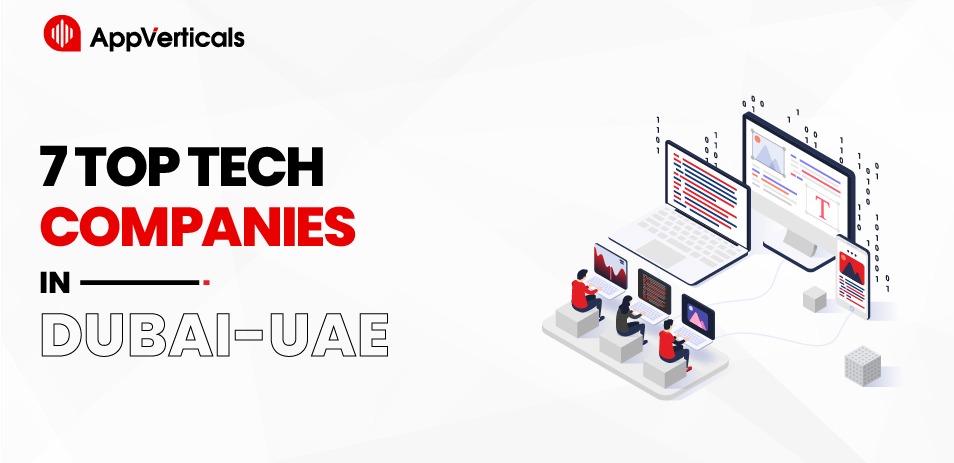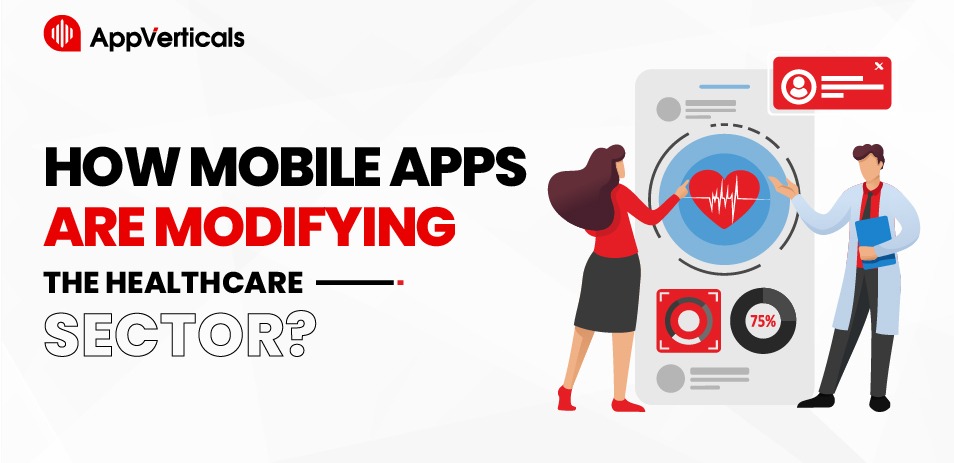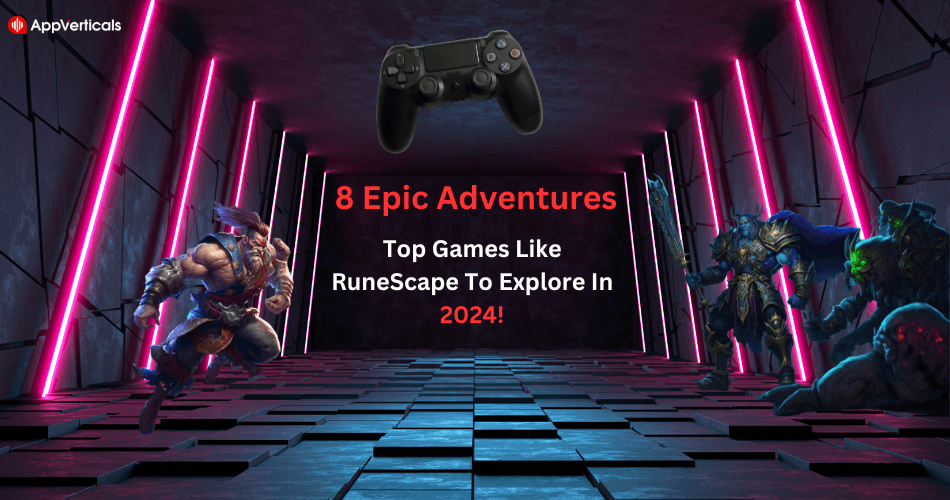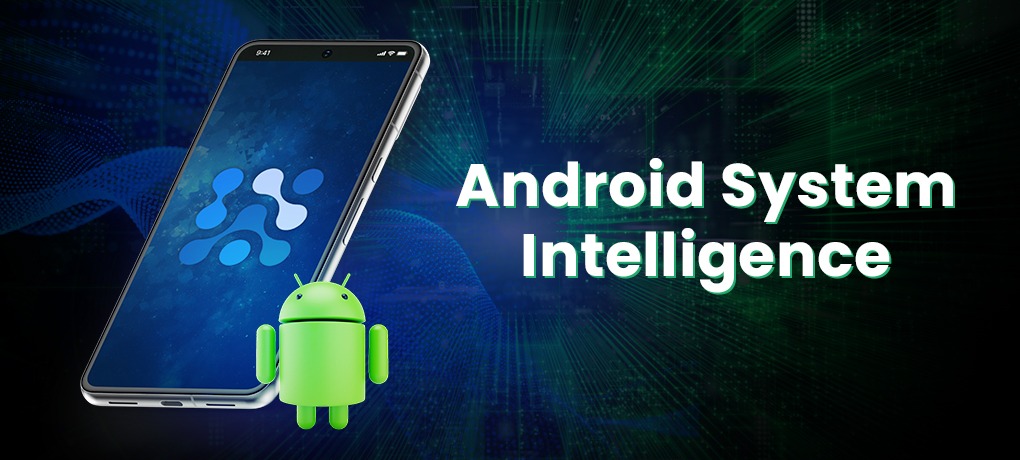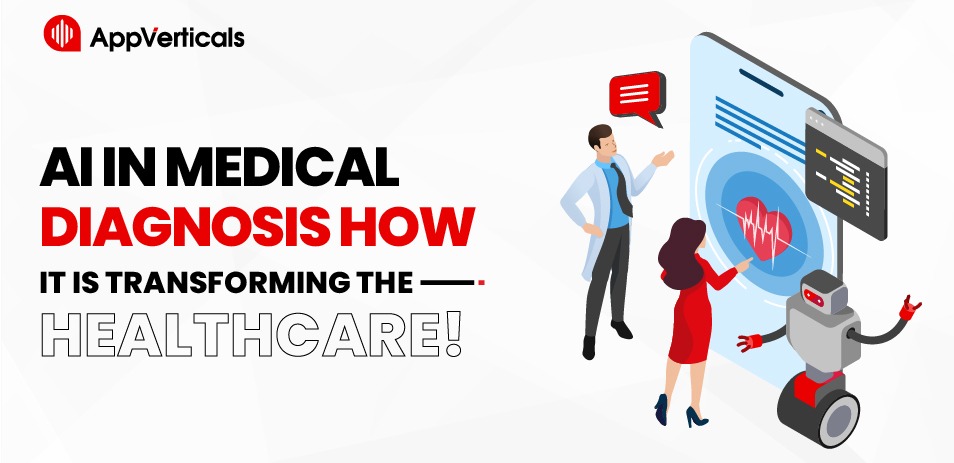You’ve poured your heart and soul into a groundbreaking product idea, envisioning its triumphant arrival on the market. But before you dive headfirst into development, consider the MVP: the Minimum Viable Product. In the Agile world, it’s your secret weapon for testing, learning, and, ultimately, conquering the market. But what exactly is an MVP? How does it fit into the Agile methodology? And how can you leverage it to launch a successful product? How can an mvp development company help you?
Buckle up because we’re about to demystify the MVP magic for you!
What is an MVP?
Think of an MVP as your product’s “baby steps.” It’s the simplest version with just enough core features to deliver value to early adopters and gather crucial feedback. It’s about validating your idea with real-world users before investing heavily in a full-fledged product.
MVP Vs. Full Product
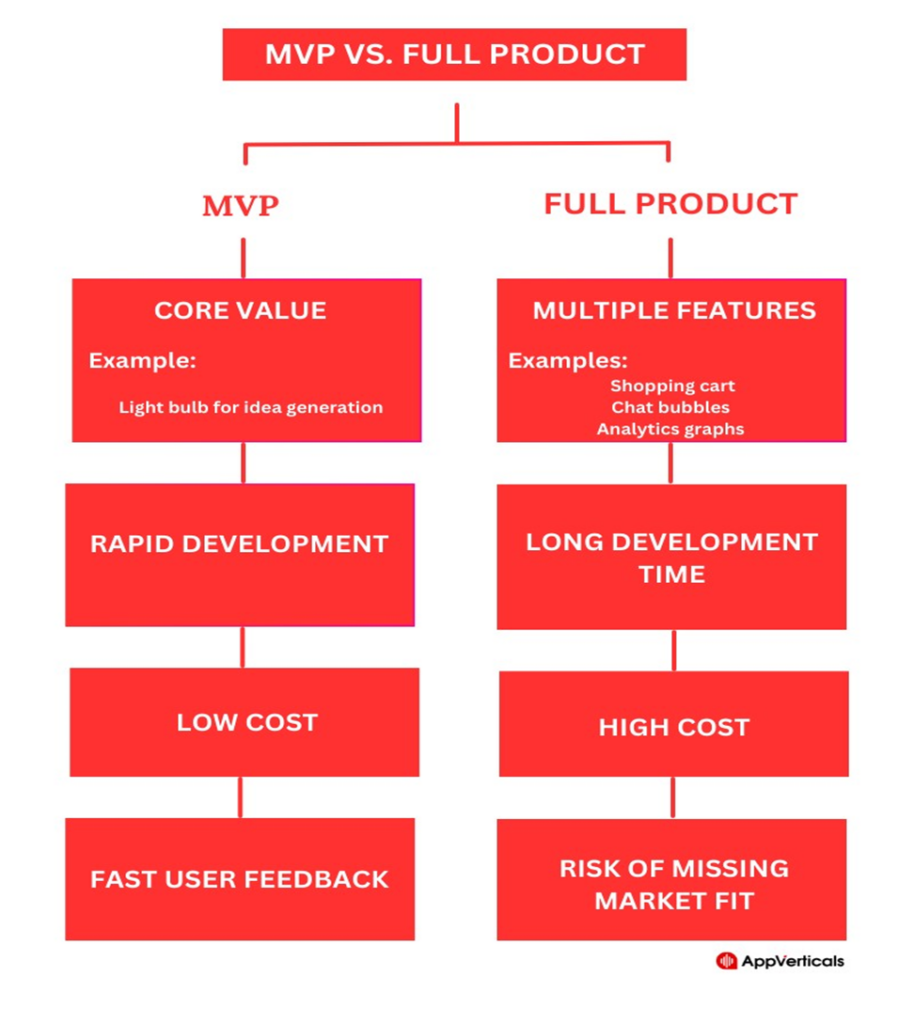
Why is an MVP Crucial in Agile?
42% of startups fail due to a lack of product-market fit. Agile champions iterative development, meaning you build in small increments, constantly learning and adapting. An MVP aligns perfectly with this philosophy. It allows you to:
- Test your assumptions: Before dedicating months and resources, see if your target audience actually resonates with your product concept.
- Get early feedback: Feedback from real users is gold. Learn what works and what doesn’t, and refine your product based on their insights.
- Minimize risk: By starting small, you limit potential losses if your idea doesn’t fly. Iterate and improve before committing to a grand finale.
- Boost team morale: Seeing a functional product, even a basic one, motivates the team and fuels them for further development.
Crafting Your Ideal Mobile App/Experience Starts Here!
Ready to elevate your business? Your custom app is just a click away.
Yes Let’s goBut how do you create an MVP in Agile?
Businesses prioritizing the creation of a minimal viable product (MVP) stand a 62% higher chance of achieving success. Developing an MVP isn’t just about throwing together some code. It requires careful planning and execution. Here’s how to make it right:
1. Define your core value proposition:
What value do you want to deliver, and how will you measure it? Keep it clear and concise for both you and your target audience.
2. Your Target Audience
Identify your target audience and their needs. Who are your early adopters, and what are their pain points, motivations, and expectations?
3. Brainstorm and Prioritize your Features
What are the essential features that your product must have to solve the problem and provide value? Focus on the minimal set of features that deliver your core value.
4. Develop Iteratively
Build a prototype or a mockup. Opt for a user-friendly interface and intuitive navigation. Your MVP should be easy to understand and use, even for first-time users. How will your product look and feel? How will it work? Use tools like wireframes, sketches, or mockups to visualize your product. Break down your MVP into smaller sprints of development, allowing for continuous feedback and adjustments.
5. Test Your Prototype With Real Users
How do they react to your product? What do they like and dislike? What feedback do they give you? Use methods like interviews, surveys, or usability tests to collect data.
6. Analyze the Results and Learn From Them
What assumptions did you validate or invalidate? What changes do you need to make to your product? Track user engagement, identify pain points, and use the data to refine your product roadmap.
Remember!
MVP is not a one-time thing but a continuous cycle of learning and improvement. So treat it with care and attention to detail.
Main Components of MVP (Minimum Viable Product) in Agile
| Components | Essential Features | User Feedback Mechanisms | Iteration Strategies |
| Definition | Core functionalities crucial for solving user problems. | Channels for collecting user opinions and inputs. | Agile-based approach with short development cycles. |
| Examples | Messaging in a social app, Basic profile setup in e-commerce. | Surveys, feedback forms, user testing, analytics. | Regular sprints for development, testing, and feedback. |
| Importance | Forms the backbone, providing primary user value. | Vital for understanding user needs and preferences. | Ensures constant improvement and alignment with users. |
| Prioritization | Selected based on critical user needs and market analysis. | Used to refine and enhance the product iteratively. | Adjustments made based on user feedback and insights. |
| Focus | Streamlining to essential functionalities. | Open communication channels for user input. | Continuous adaptation and enhancement based on insights. |
Common MVP (Minimum Viable Product) Mistakes

Comparing User Feedback from Different Iterations
| Iteration | User Feedback | Changes Implemented | Effect on Product |
| 1 | Slow loading times | Improved server response | Faster loading, better user experience |
| Cluttered interface | Simplified UI | Enhanced usability | |
| 2 | Confusing navigation | Restructured menu | Improved user navigation |
| Lack of search feature | Added search functionality | Enhanced user convenience | |
| 3 | Request for more features | Introduced new functionalities | Increased product versatility |
| Difficulty in account setup | Streamlined registration process | Improved user onboarding | |
| 4 | Desire for customization | Implemented customization options | Personalized user experience |
| Reporting bugs | Fixed reported bugs | Enhanced product stability |
Developing an MVP – Milestones and Timeline
Google stands out as a prime example of a successful product entering a market with 14 existing competitors. Its success stemmed from providing a superior and more intuitive search experience that resonated with users. By prioritizing user needs, Google distinguished itself, eventually securing the largest share in the search market.
What milestones should you conquer, and how do you map out a timeline that fits? Let’s break down the journey into key milestones:
Ideation and Research (1-2 Weeks):
- Brainstorm like a boss: Gather your team, unleash your creativity, and let the ideas flow. This is the “anything goes” zone, so embrace the wild and wacky!
- Research, research, research: Understand your audience’s needs, pain points, and existing solutions. Think market analysis, surveys, and even competitor stalking (it’s called competitive intelligence, okay?).
- Refine your concept: Based on your research, choose the most promising idea and shape it into a clear product vision. This is your North Star, guiding you through the MVP journey.
Planning and Prioritization (1-2 Weeks):
- Feature fiesta: List all the potential features. Prioritize ruthlessly, keeping only the MVP essentials. Remember, less is more (at least for now).
- User story symphony: Craft user stories that capture the needs and goals of your target audience. Think of them as mini-scripts showcasing how users will interact with your MVP.
- Storyboard your vision: Visually map out the user journey through your MVP. This helps everyone on the team stay aligned and focused.
Design and Development (2-4 Weeks):
- Wireframe like a pro: Create low-fidelity mockups of your MVP’s interface. Think paper sketches or digital wireframes, focusing on functionality over fancy visuals.
- Prototype power: Build a basic, functional prototype of your MVP. This is your first taste of the real deal, a chance to test your assumptions and identify any early hiccups.
- Development dance: Start coding and always review code to get the best outcomes! Remember, keep it lean and clean, focusing on the core features. Think of your MVP as a sprinter, not a marathon runner.
Testing and Refinement (2-3 Weeks):
- Feedback feast: Get your MVP in front of real users! Gather feedback through surveys, interviews, and usability testing. Listen closely, take notes, and be prepared to pivot if needed.
- Analyze and iterate: Don’t get attached to your initial design. Use the feedback to refine your MVP, prioritize new features, and make it even better. Remember, iteration is key in Agile development.
- Prepare for launch: Polish your MVP, use debugging techniques to fix any bugs, and get it ready for the big reveal. This is your chance to test it with a wider audience and gather even more valuable data.
Remember!
The timelines may vary depending on your project’s complexity and available resources. The key is to be agile and adapt your timeline as needed based on learnings and feedback.
Top Minimum Viable Products’ Examples in Agile
In the bustling world of software development, the Minimum Viable Product (MVP) reigns as the champion of lean efficiency and rapid learning. Let’s explore the inspiring stories of successful companies that embraced the MVP magic in the Agile playground, proving that sometimes, less is truly more.
Airbnb: From Spare Rooms to Global Phenomenon
Imagine pitching a platform where strangers rent out their apartments to other strangers. Sounds risky, right? Yet, that’s precisely how Airbnb began. Their MVP? A simple website listing three New York City apartments. By focusing on core functionality – booking and secure payments – they gathered vital user feedback, iterated quickly, and eventually blossomed into the hospitality giant we know today.
Important Lesson: Focus on solving a core problem and gather real-world feedback to refine your offering.
Dropbox: File-Sharing Symphony from a Single Note
Remember bulky flash drives and endless email attachments? Dropbox emerged as a hero, but its initial MVP was far from fancy. It simply synced two folders: one on your computer and one in the cloud. This laser focus on core functionality allowed them to gather user feedback, understand pain points, and eventually evolve into the multi-featured file-sharing powerhouse we rely on today.
Important Lesson: Identify the essential feature that delivers your core value and build upon it based on user insights.
Buffer: Tweet Your Way to Social Media Mastery
Before Buffer, scheduling social media posts was a tedious chore. By starting small and nailing one core function, Buffer garnered a loyal user base and valuable feedback. They then iterated, adding features like analytics and team collaboration, transforming into the comprehensive social media management platform they are today.
Important Lesson: Start with a singular, valuable feature and refine it based on user demand. Small wins can lead to big victories.
Instagram: A Square Peg in a Round World (of Social Media)
In a world dominated by landscape photos, Instagram dared to be different. Their MVP? A mobile app focusing solely on square photos and filters. This bold focus resonated with users who craved a more personal and creative photo-sharing experience. By prioritizing one unique feature and building upon it, Instagram carved its niche and eventually became the social media giant we know and love.
Important Lesson: Embrace bold ideas and unique features that differentiate your product in the market.
Slack: Communication Reimagined, One Channel at a Time
Remember endless email threads and chaotic group chats? Slack swooped in with a refreshing MVP: a simple platform for team communication through channels. By focusing on streamlined conversation and collaboration, Slack won over frustrated employees yearning for a better way to connect. They then iterated, adding features like video calls and file sharing, becoming the ubiquitous communication tool it is today.
Important Lesson: Start with a simple solution and gradually add features based on their needs.
What Do You Get From It?
By embracing the Agile philosophy and starting small, these companies learned, adapted, and ultimately conquered the market. So, aspiring developers, take heed! Launch your MVP, gather feedback, and iterate your way to success.
Pro Tips for MVP Success:
- Find the right MVP development company: Look for a partner who understands Agile principles and values iterative development. Their expertise can make your MVP journey smoother and more efficient.
- Embrace the learning mindset: Don’t be afraid to fail because every failure is a learning opportunity. Use the feedback to improve your MVP and, ultimately, your final product.
- Celebrate the milestones: Every step forward is a victory, so take the time to appreciate your progress and keep your team motivated.
Crafting Your Ideal Mobile App/Experience Starts Here!
Ready to elevate your business? Your custom app is just a click away.
Yes Let’s goWhy is AppVerticals the Best MVP development Company?
Agile All-Stars:
AppVerticals is an awesome mvp development company. They speak its language, live its principles, and embrace rapid iteration like nobody’s business. This means your MVP development is flexible, adaptive, and constantly evolving based on real-time user feedback and market insights.
MVP Masters:
They’ll help you ruthlessly prioritize features, craft user-friendly interfaces, and build a basic, functional prototype that packs a punch.
Speed Demons:
No more endless development cycles; with AppVerticals, you’ll be iterating and improving in record time, shortening the distance between your brilliant idea and market domination.
User-Centric Champions:
Their user-centric focus ensures your MVP resonates with real people, resulting in valuable feedback and a product that truly solves problems and sparks smiles.
Tech Wizards:
Don’t worry about the technical mumbo jumbo; AppVerticals has it covered. They’re a team of skilled developers and tech wizards who can handle any platform, any language, any challenge. From web to mobile, they’ll build your MVP with flawless functionality and intuitive design, leaving you free to focus on your vision and business goals.
Bottom Line
There you have it! Start small, iterate frequently, and adapt to user feedback. Embrace the Agile methodology and the power of the MVP, and watch your brilliant spark transform into a market-dominating masterpiece.
And if you’re looking for an Agile MVP development company to guide you on your journey, remember AppVerticals. They are ready to help you craft the perfect MVP and launch it with confidence.
FAQs
Q: What’s an MVP, anyway?
Think of it as a basic version with just enough features to test your idea and get real feedback from users. No bells and whistles, just core value packed into a simple package.
Q: Why use an MVP in Agile?
Agile loves learning fast! An MVP lets you test your assumptions early and often, adapt based on user feedback, and avoid pouring effort into a product nobody wants.
Q: What should be in an MVP?
Just the essentials! Focus on the one or two features that deliver your core value and make your users say, “Aha!”. Forget fancy stuff; keep it user-friendly and easy to understand.
Q: How do I know if my MVP is successful?
Gather feedback like crazy! User testing, surveys, interviews – anything to understand what works and what doesn’t. Listen closely, iterate quickly, and watch your MVP evolve.
Q: Does this mean I don’t need a fancy MVP development company?
Actually, they can be your Agile dream team! An experienced mvp development company like AppVerticals know the MVP magic inside and out. They can help you build, test, and iterate efficiently, saving you time and headaches.
Q: I still have questions! Help!
No worries! Leave your questions in the comments below, and let’s keep the MVP conversation flowing. We’re here to cheer you on as you turn your brilliant spark into a market-dominating masterpiece!


